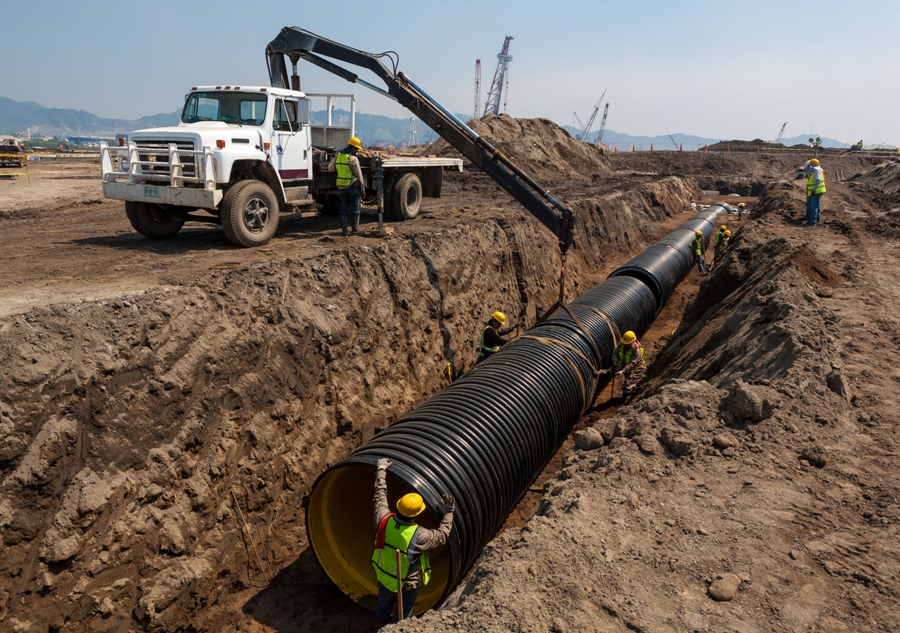The drainfield is one of the most vital parts that makes a septic system work. The drainfield installation would often be done under the supervision of a reliable contractor. Once you decide to have a septic system installed in your home, the contractor will suggest the right location to install your drainfield. You might think that you can place your septic system anywhere but the truth is that there are a number of factors that have to be considered.
The septic system is made up of a septic tank, pipes, and the drainfield. Drainfields can also be referred to as a leach field or a leach drain. It is a soil’s subsurface area that serves as a disposal facility for wastewater. The drainfield removes impurities and contaminants in the water. The dirt in the water will be treated by the bacteria in the drainfield. The wastewater has already been treated by the septic tank’s bacterial anaerobic digestion. The treatment in the drainfield is the final step before the water can rejoin other water tables.
The drainfield is mostly of trenches that have pipes and porous materials such as gravel that is covered with a layer of soil. The upper soil layer is placed to prevent any animals or possible surface runoff from getting to the wastewater that has been distributed to the trenches. The primary design of a drainfield would have a hydraulic to handle the volume of the wastewater that requires disposal as well as the catabolic used for the long-term oxygen demand of the wastewater. The land location where the drainfield is located can be referred to as a septic reserve area.
Why is Drainfield Vital?
The drainfield is very essential as it helps in treating the wastewater. The pipes can help in moving the wastewater through the entire system into the soil. The soil gets rid of any harmful viruses, bacteria, and nutrients within the wastewater. After the water is filtered out, the drainfield discharges the liquid as groundwater which goes back to the system. If there is a filtration process it may cause some serious health problems for the members of the household.
What are the factors that can influence the drainfield installation?
You might assume that you can have your drainfield installation anywhere in the yard. However, you have to remember that there are some factors that have an impact on the drainfield’s placement.
- Size- It is very important that the drainfield would be big enough to handle a huge volume of sewage it will get every day. If the drainfield is quite small, it could easily overload and flood the system. When the flooding happens, it may cause some sewage to go fill pipes and could spill into the groundwater leading to contamination. You have to properly choose the area in your yard that would be big enough for your drainfield.
- Soil- The type of soil where you plan to install your drainfield will have a major impact on the functionality of the whole system. When you are deciding the area for your drainfield installation, you have to ensure that the soil has good consistency. The soil must of course let the water flow but quite fine to filter the effluent. A soil that is too coarse will not filter the effluent properly.
- Terrain- The terrain is another factor you have to consider when installing your drainfield. Avoid steep terrain. When there is rainfall or a heavy downpour, the drainfield may experience runoff issues that can damage and flood the drainfield. If your drainfield floods, it may cause damage to the entire system. Pick a flat surface to have a proper consistency to make the drainfield work properly.
- Landscaping- If there is any landscape in the yard, it will serve as a factor to determine where the drainfield will be installed. The drainfield must not be placed anywhere near the trees. The roots of plants may grow to the drainfield and damage it. It can even damage the pipes of the system. There should be no obstructions in your drainfield and avoid placing anything heavy on top of it.
